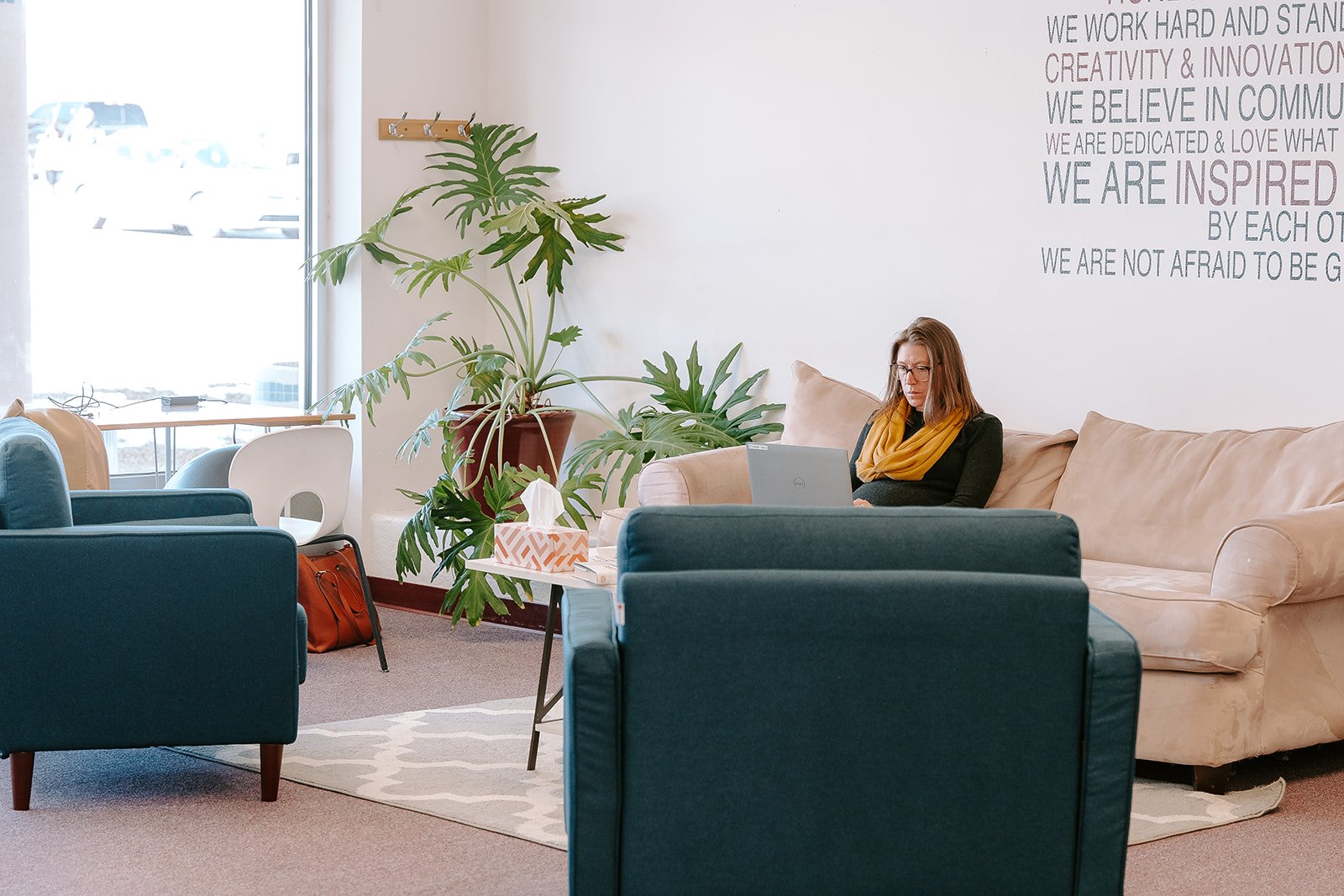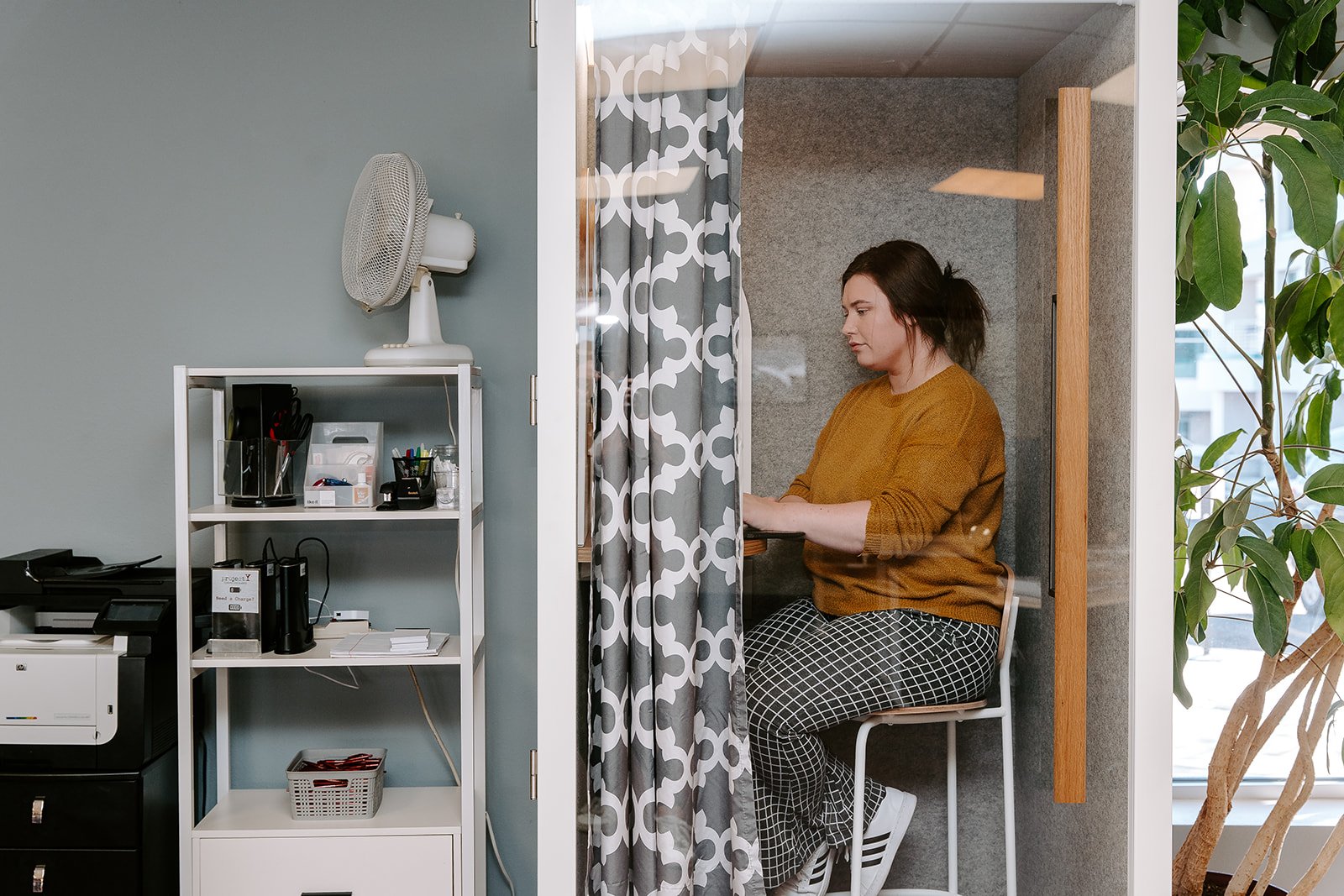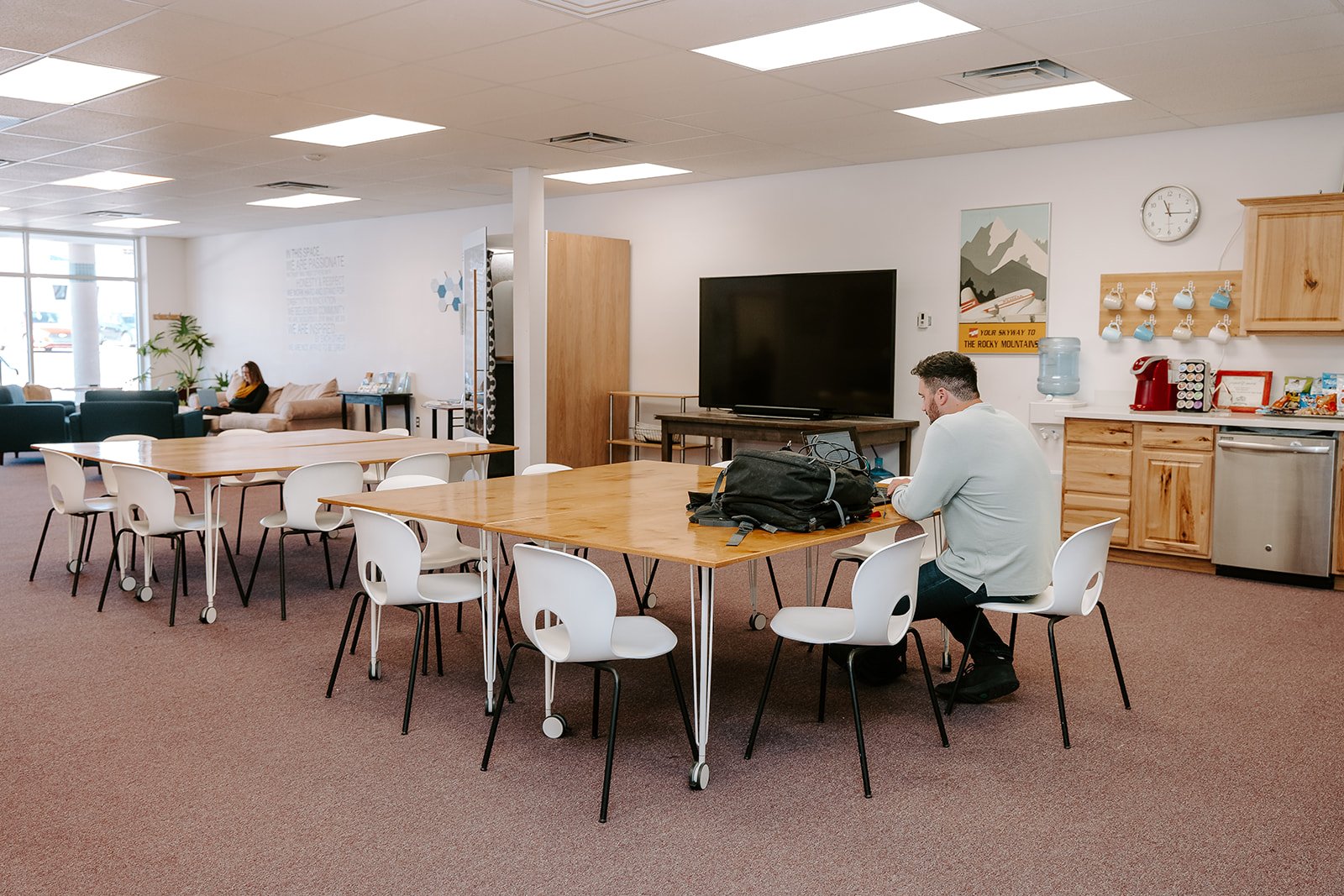The Modern Workplace: What’s Changing and What’s Next?
Employees have always been the bearer of the burdens caused by a culture hyper-focused on results.
However, the norm is changing. Fast-tracking the emerging changes, the coronavirus pandemic put empathy on the forefront of employers’ agendas. For the first time in American history, human needs are valued equally with profit. From expanded sick leave to office nap rooms, the entire approach towards workers’ treatment is revolutionizing.
Work-Life Balance
The standard 40 hour work week was designed for the nuclear family of old, with a stay-at-home mom and her breadwinner husband. While there is certainly nothing with the concept, the mold has fallen out of the overwhelming popularity it once enjoyed. Thanks to increasing acceptance of marginalized people, diversity at home is continuing to grow and change. While working parents have always known the challenge of juggling raising children and performing well on the job, even people without children are starting to wake up to what a healthy balance between personal and professional could look like. Sacrificing health, hobbies, or time with the family doesn’t have to be a condition of employment. Five days of eight hours at work no longer fits the reality of many Americans’ lives.
Hybrid offices, those who split their time between the office and remote work, have become exponentially more popular since the lifting of initial COVID-19 lockdowns. While the pandemic changed a lot for Americans, one of the lessons we learned was that remote work isn’t just for free-lancers and the self-employed. When forced to adapt to quarantine and social distancing protocols, we woke up to the fact that some things we assumed couldn’t be done online actually worked just as well or even better from behind a screen. While the importance of technology, particularly video conferencing, cannot be overstated in the relative ease of this adjustment, it just goes to show that the workplace had not caught up to modern life until there was no choice but to adapt or close down.
Technology
Let’s talk Zoom. A user-friendly app with a large capacity for participants that allowed long-distance presentations, collaborations, and more presented the exact solution people were looking for to make the most of their isolation from others. All over the world, schools and offices closed their doors and opened their laptops. While video conferencing has been around for several years before lockdown (RIP Skype), it was a last resort as a slightly better alternative to phone calls, particularly international ones.
But what else is there? We all know that computers have transformed the workplace, especially with the global pandemic. There’s a lot of less obvious changes, too. Fax machines, revolutionary just a few decades ago, are basically dinosaurs now. Landlines are disappearing from homes and offices, printers keep shrinking while adding more features, and paper itself is being replaced with easily shared e-docs and tablet notebooks.
While paper isn’t expected to become entirely obsolete anytime soon (any bookworm worth their salt will tell you the wonders of Barnes & Noble trips), there are so many options that it’s becoming harder to justify the benefits of heavy dependency on it, particularly with increased attention and urgency on environmentalism.
Redesigning the Physical Space
Everyone has heard of the Google campus nap pods, but it isn’t just major tech companies that are reconsidering the traditional office layout. Open-floor plan offices have fallen in and out of favor over the last century, usually alternating between no division/privacy and complete separation of workspaces. Classic cubicles are emblematic of worker-drone purgatory, to the point that even the inventor himself regrets them (History.com 2018). Monotony and lack of personalization led to many cubicle inhabitants feeling stuck and stagnant. The response was to remove all walls and privacy, making employees unable to focus and feeling watched. What remained, however, was just as lacking in utility as the cubicles were. So if walls aren’t working, but removing them didn’t solve the problem, what is the solution?
The simple truth is found in basic human nature: people have different needs to operate at their best. Some people thrive with the sense of community and collaboration that comes with open-floor plans, while others need the physical division to feel comfortable and productive. Designing the modern workplace means designing with those differences in mind.
This human-conscious approach manifests in a whole host of innovative designs with architecture, furniture, and style. From sound-proof phone booths to open-seating, adjustable height desks to beanbags, the key is giving everyone a choice for what works best for them.
Looking Forward
As a manager of a coworking space, I’m optimistic that the rapid changes we’ve seen over the last three years are here to stay. Once employees experience what flexibility at work really means, I find it hard to imagine major concessions on their side. The modern American workforce is driven by the workers, exemplified by raising minimum wages across the country and large numbers of job vacancies in the service sector. While that will inevitably fluctuate over time, people ultimately don’t want to settle for poor work environments and pay, and they are realizing that they don’t have to. Millennials and Gen-Z (aka Zoomers) are rejecting the long-held norm of “living to work” and adopting the “working to live” mentality, and that sort of ideological revolution is hard to undo.









